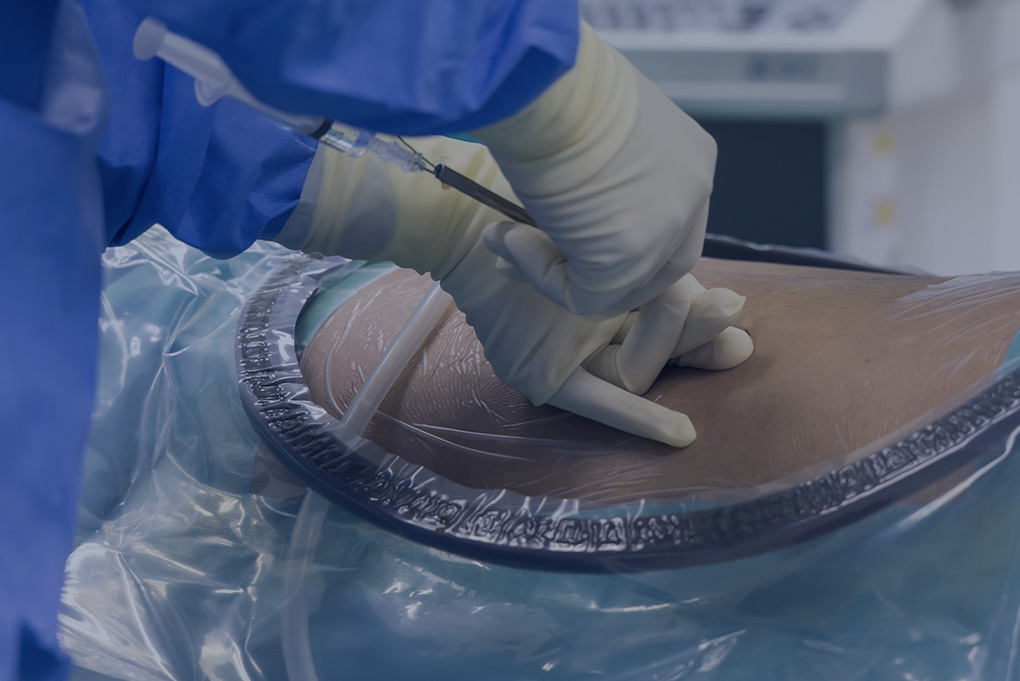Physical Therapy
For our more athletic patients we have a number of videos and protocols to regain your full function. You MUST be cleared by Dr. Paul before pursuing any of these workout routines. Not everyone is suited for these. We often require your therapist to transition you to workouts like these before having you work independently. Most of these videos provide a foundational basis for athletic activity.
About Physical Therapy
Physical Therapy
Non-operative therapies are a preferred form of treatment for back complaints, and many options exist to match the needs and desires of patients. Some such therapies include aquatic exercise, cardio-respiratory conditioning, core training, neuromuscular reeducation, movement training, and others. These treatments seek to strengthen local structures of injured regions to compensate for damage, and to regain functions that may have been lost or deteriorated due to that damage. Safe and non-invasive, these options should be explored as a first-line treatment to back ailments before more invasive procedures are performed.
Cardio-Respiratory Conditioning
Cardio-respiratory training includes any aerobic exercise, and generally improves oxygenation to all tissues. Any patient can benefit from such conditioning, though some nuances in symptomatic presentation can help determine the best option.
- Patients with symptoms when sitting may benefit from upright activities, such as elliptical machines or walking.
- Patients with symptoms while standing may benefit from seated activities, such as bicycling.
- Patients with symptoms during weight-bearing periods should consider aquatic therapies.
We are familiar with a large network of spine specialty physical therapists. We prefer to send you to physical therapists with specific emphasis on spine and in your immediate area. Our “partner” physical therapists understand Dr. Paul’s protocols and surgeries. If you live outside our area or out of state, we will work with your local therapists on a case by case basis.
Athletic Rehabilitation
For our more athletic patients we have a number of videos and protocols to regain your full function. You MUST be cleared by Dr. Paul before pursuing any of these workout routines. Not everyone is suited for these. We often require your therapist to transition you to workouts like these before having you work independently. Most of these videos provide a foundational basis for athletic activity.
A nice introduction to athletic core stabilization workouts
For Athletes: This workout develops the posterior chain. It's more aggressive than it looks
For a more novel look at planks
Runners: may find this helpful as a way to lessen back pain before or after surgery if you are a runner watch this
- Exercise
- Running
- Yoga
- Golf
- Cycling
- Pilates
- Understanding & Managing Pain
For a more novel look at planks
Nice introduction to athletic core stabilization workouts
This video is an outstanding explanation of why core exercises are so important (Place next to plank workouts).
These are some advanced but valid concepts. Caution is still required to get into more serious weightlifting.
For Athletes: This workout develops the posterior chain. It's more aggressive than it looks
Runners: may find this helpful as a way to lessen back pain before or after surgery if you are a runner watch this
Foot strike is important for avoiding back and neck pain but this video also gets into the entire kinetic chain and posture.
Runners: may find this helpful as a way to lessen back pain before or after surgery if you are a runner watch this
This video for runner’s emphasizes pelvic position.
More on Improving Foot Strike.
For more serious runners.
Yoga For Back Pain | Strengthen & Stretch Your Way To A New Healthy Back
Yoga For Neck, Shoulders, Upper Back - 10 Minute Yoga Quickie
Back Pain & Sciatica Relief | Daily Yoga Miracle Therapy
Yoga for Neck and Shoulder Relief
Although designed for “Senior Golfers”, there are some tips for anyone who needs to make changes to their swing so as to adapt to their spine’s needs.
There are some interesting concepts introduced here. Some are worth trying but are unorthodox.
This is a very holistic view on cycling and bike positions. It’s For Road Cyclists but also has some ideas for more casual bikers.
This is a top notch video on stretching for cyclists. Dr. Paul performs these routinely.
Some Exercises to prevent Back pain on the bike.
Practical advice for avid cyclists and triathletes.
Basic Introduction to Pilates for people with back pain.
Another nice introduction for people looking to get more active again without much strain.
Why Things Hurt TEDxAdelaide - Lorimer Moseley - Why Things Hurt
Tame The Beast - It's Time to Rethink Persistent Pain - Tame The Beast - It's Time to Rethink Persistent Pain.
Pain Neuroscience Education 101
Core Training
Core training has been a crucial component of spinal therapy for decades, and relies on strengthening the core muscles of the trunk to provide the strength and stability the vertebral column is unable to provide. This form of treatment does well to provide measurable improvements in function, and a reduction in associated pain.
Aquatic Exercise
Water is a wonderful medium for reducing stress on the body during exercise. The body’s natural buoyancy prevents joints from taking the full weight of the body, and water provides a passive resistance to movement. This is an especially good option for patients who cannot tolerate weight-bearing exercise, but plenty of alternatives exist for those that can.
Neuromuscular Reeducation and Movement Training
In Neuromuscular reeducation, movements are broken down into their most basic components for patients to practice the optimal sequencing of motion events to complete tasks.
Areas of focus can include:
- Multi-joint movements
- Non-linear motions
- Weight bearing positions
- Proprioceptive challenges
- Progressive resistance
- Variable speeds and durations
Reactivation
Reactivation involves the gradual reintroduction of activities to build confidence over time. Systemic and local deconditioning are common in spinal conditions due to lack of use, and it becomes increasingly difficult to resume normal activities. Reactivation utilizes both mental and physical stimulation to return a patient’s abilities to former levels.
Activity Modification
MRI provides especially good information about the condition of vertebrae, the spinal canal, and the intervertebral discs. This imaging modality is often performed for spinal stenosis, compression fractures, disc degeneration and herniation, and recurrent disc herniation.
MRI is not considered suitable for patients with ferromagnetic implants, due to its use of powerful magnets, such as those with pacemakers, aneurysm clips, cochlear implants, or others. MRI is suitable for patients who have spinal implants other than some spinal cord stimulators. The procedure takes only 15 to 60 minutes, making for rapid results.











